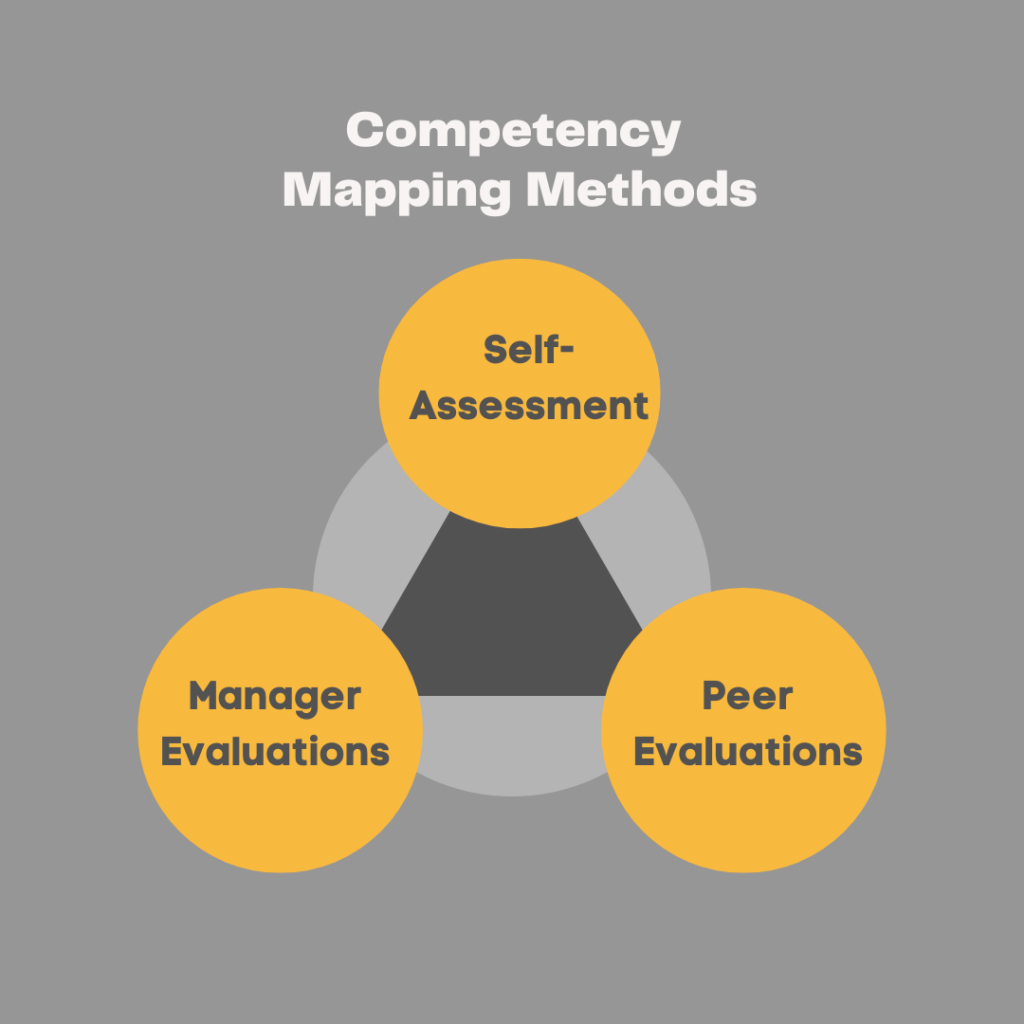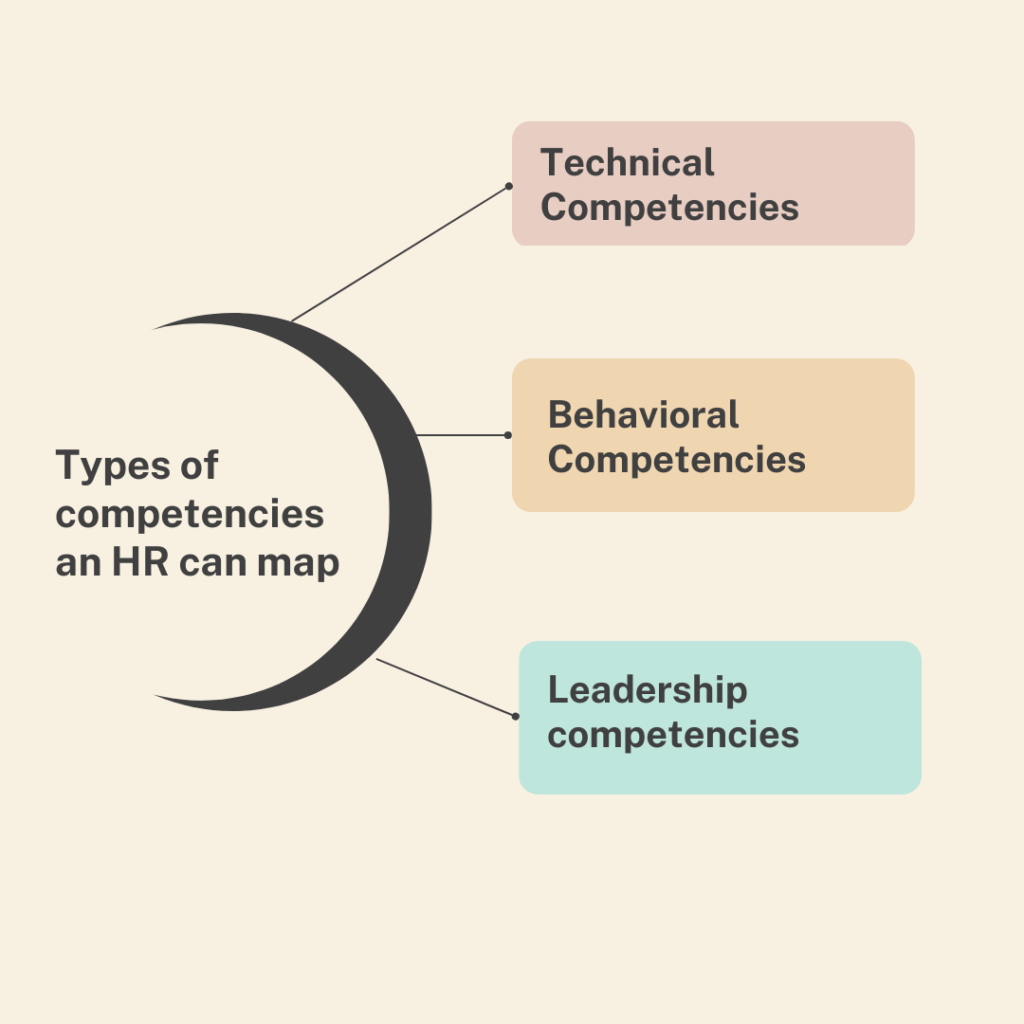Have you ever felt during your Hr Practical Training that competency mapping is as boring as watching paint dry. Let’s give it another try ! An HR can improve the employee experience by using competency mapping. In this blog, we’ll dive into what competency mapping is and how it can benefit HR departments and employees alike. So, let’s get started!
Introduction
Simply put, competency mapping is an approach that helps HR determine an employee’s weaknesses and strengths. It’s a tool used to gauze an individual’s skills and abilities, and determine how they can be utilized to the best of their ability. This process provides HR with the information they need to identify where an employee can grow, what training is needed, and what career paths might be open to them.
Competency Mapping Process
The process of competency mapping begins with identifying the specific skills, behaviors, and knowledge required to perform a certain job role effectively. This information can be obtained through a variety of sources, including job descriptions, performance evaluations, and industry standards. Once the required competencies have been identified, HR then assesses each employee’s abilities in these areas. This is done through a combination of self-assessment, peer evaluations, and manager evaluations.
Methods

There are several methods that HR departments can use when conducting competency mapping, including:
Self-assessment: Employees fill out a questionnaire to evaluate their own skills and abilities.
Peer evaluations: Employees are evaluated by their colleagues, who provide feedback on their strengths and weaknesses.
Manager evaluations: Managers assess employees based on their performance and provide feedback on their merits and demerits.
Types

There are several types of competencies that HR can map, including:
Technical competencies: These are the specific skills and knowledge required to perform a job role, such as proficiency on a specific software platform or industry knowledge.
Behavioral competencies: These are the soft skills that are required to effectively interact with others, such as teamwork, communication skills, and problem-solving abilities.
Leadership competencies: These are the skills and abilities required to lead and manage others, such as strategic thinking and decision-making abilities.
Example
For instance, there is a customer service representative. To perform the job role effectively, she would need to have strong communication skills, problem-solving abilities, and strong customer service inclination. Through the competency mapping process, HR can assess each customer service representative’s strengths and weaknesses in these areas. Based on the results, HR can then provide training and development opportunities to help employees grow in areas where they may need improvement.
Conclusion
In conclusion, competency mapping is a valuable tool not just in your Hr Courses but also in your HR profession. So you are probably not going to skip it now.
By identifying an employee’s strengths and weaknesses, HR can help employees grow, provide them with the necessary training and development opportunities, and match them with career paths that best suit their skills and abilities.
Whether you’re a HR professional or an employee looking to grow in your career, competency mapping is a process worth exploring.





Leave a Reply